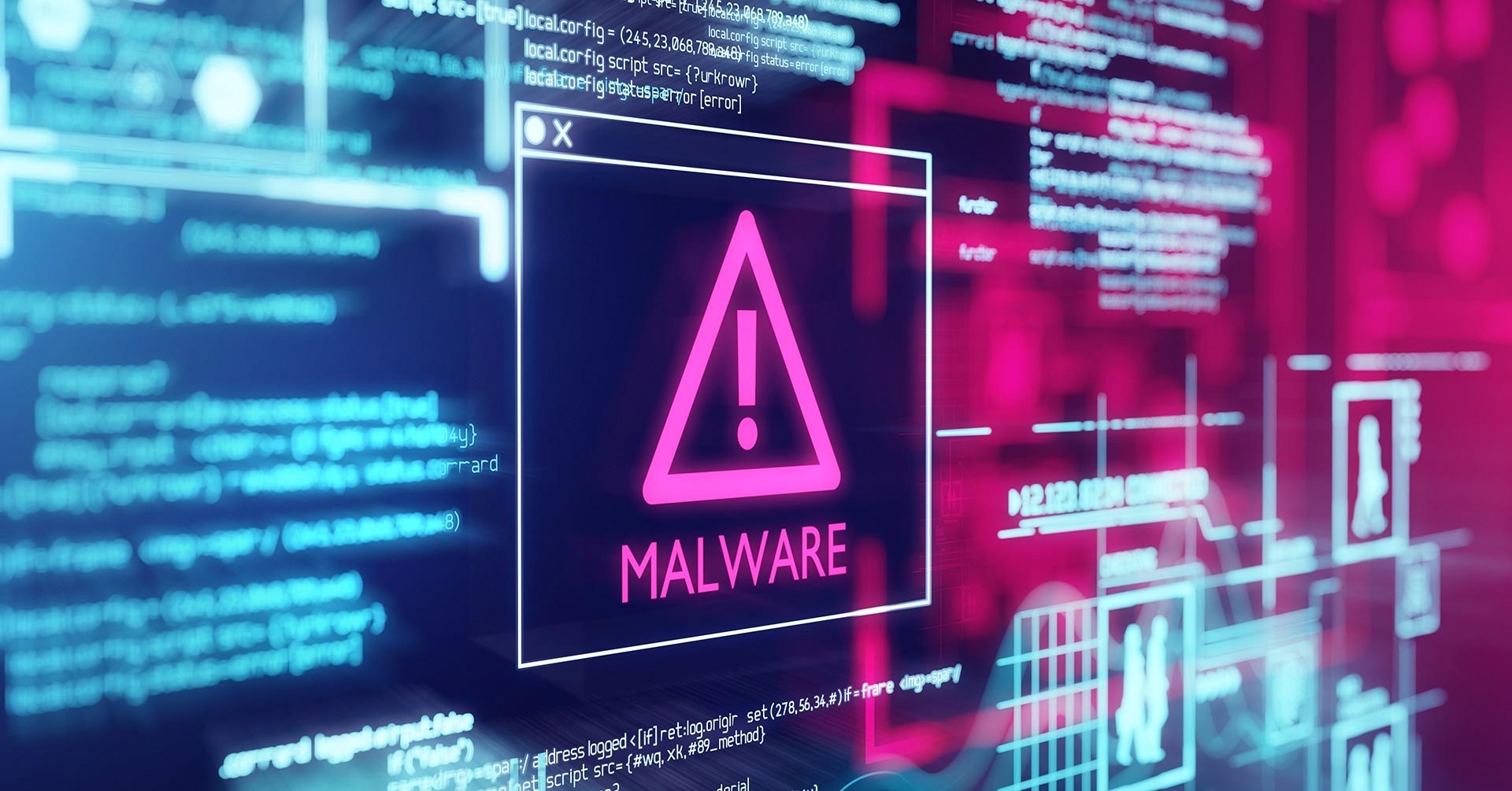
Contents
The fear of a system crash or data breach continues to haunt both individuals and organizations in 2025. The most common culprit? Malware, a constantly evolving collection of malicious software attacks that can wreak havoc on everything from personal computers to vast corporate networks.
What Is Malware (in 2025)?
Malware remains the catchall term for software engineered to harm your device, steal data, or grant attackers unauthorized access. While traditional dangers like viruses and worms persist, 2025 has seen a dramatic rise in the sophistication and diversity of malware:
Ransomware
Ransomware has become smarter and more aggressive, now including “multi-extortion” tactics where attackers not only encrypt your files but also threaten to leak your data, launch DDoS attacks, or target your customers if the ransom isn’t paid.
Info-stealers
Info-stealers such as Agent Tesla, SnakeKeylogger, and TeleGrab harvest login credentials, browser cookies, or even session tokens for cloud apps—a growing risk as businesses move more operations online.
Remote Access Trojans
Remote Access Trojans (RATs) like Arechclient2 and VenomRAT allow attackers to spy, log keystrokes, and remotely control compromised devices, making them popular tools for cybercriminals in 2025.
Cryptominers
Cryptominers silently hijack your system resources to mine cryptocurrency, slowing down devices and racking up electricity bills without obvious signs.
AI-driven malware
AI-driven malware leverages artificial intelligence to dynamically evade detection and rapidly mutate, making traditional signature-based defenses less effective.
How Malware Finds You Now
The most common source of malware is still email. Phishing attacks have become even more convincing with the help of AI, generating messages and fake websites nearly indistinguishable from legitimate ones. But the threats don’t stop there.
One of the most common malware delivery methods today involves fake software updates, particularly for web browsers. Attackers often use compromised websites to prompt users to install what appear to be legitimate updates. This tactic, frequently executed through malware like SocGholish, tricks even cautious users into inadvertently infecting their systems with damaging software when they comply.
In addition to browser attacks, compromised cloud storage has emerged as a major vector for malware distribution. Hackers increasingly embed dangerous payloads within seemingly harmless files—such as ELF, EXE, SH, PS1, or ZIP formats that are shared or downloaded from cloud platforms. This allows malicious software to bypass traditional defenses and spread rapidly within organizations.
The threat also extends to IoT and mobile devices. IoT and 5G-enabled systems, ranging from smart thermostats to complex industrial sensors, are now primary targets for botnet malware like Mirai. Meanwhile, mobile malware has surged due to the shift toward remote work and greater use of smartphones; Trojans for Android and iOS are commonly distributed through malicious applications and smishing (SMS phishing) schemes, posing risks to personal and corporate data alike.
Malware Trends Shaping Cyber Intelligence And Security
Cyber intelligence and security are now being defined by several escalating trends:
-
Ransomware-as-a-Service (RaaS) - platforms allow even non-technical attackers to mount sophisticated operations.
-
Fileless attacks that live only in system memory, evade traditional scanners, and use legitimate admin tools against you.
-
Cloud misconfiguration exploits capitalize on the rush to digital transformation, often due to weak policies or overlooked vulnerabilities in cloud security.
-
AI and deepfake-driven phishing have made social engineering harder than ever to detect.
More specifically, a crucial development in 2025 is the growing importance of cyber intelligence for proactive threat prevention.
Security teams are leveraging advanced intelligence platforms to track malware campaigns, identify threat actor tactics, and predict risks before they result in significant incidents. Real-time cyber intelligence feeds now provide detailed indicators of compromise (IOCs) and behavioral analytics, allowing organizations to spot suspicious activity across networks, endpoints, and cloud environments.
Ultiimately, cyber intelligence is enabling businesses to enhance their decision-making processes, achieve quicker threat neutralization, become more adaptable and agile, and increased s sense of business continuity against the evolving strategies of cybercriminals.
7 Ways You Can Protect Your Organization From Modern Malware Attacks
Modern malware is stealthy and can circumvent outdated protection protocols. Here’s how you can stay ahead of the curve:
-
Install and update endpoint security solutions: Use reputable, AI-enhanced antivirus and anti-malware tools. Enable real-time protection, and update definitions frequently.
-
Patch everything, always: System and software updates are critical—even your routers and IoT devices need regular attention.
-
Strengthen authentication: Use strong, unique passwords and enable multi-factor authentication (MFA) wherever possible.
-
Trim access rights and use least privilege: Only give users and software the minimum necessary access.
-
Always have a back up: Back up critical data using the 3-2-1 rule (3 copies, 2 media types, 1 offsite), and test restoring from backup regularly.
-
Ensure user training: Educate users on spotting phishing attempts, suspicious links, and fake update prompts.
-
Monitor cloud and mobile activity: Secure company cloud accounts and monitor device logins for unusual activity. Implement robust email security and content filtering.
The Wrap Up
Malware in 2025 is becoming more disruptive, adaptive, and costly. Despite this growing reality, with a modern protective mindset, user training, and timely updates, you can dramatically reduce your risk of falling victim to the contemporary malware tactics that we see today.
